- Home
- /
- Products
- /
- Product Series
- /
- Cylindrical Roller Bearing
- /
- Cylindrical roller
Cylindrical roller
| Name: | Tapered Roller Bearing |
| Specification range: | 30202-30230, 30303-30330, 32004X-32030X, 32205-32230, 32305-32330, 33005-33030, 33205-33230, 32905-32930, 30305D-30320D, Imperial series |
| Cage material: | CGR15 steel |
| grade: | ZV1, ZV2, ZV3,ZV4 ABEC-1, ABEC-3ABEC-5, ABEC-7, ABEC-9 P6, P5, P4, P2, P0 |
| Packing: | carton packaging, plastic drum |
| MOQ: | 10PCS |
Product Description
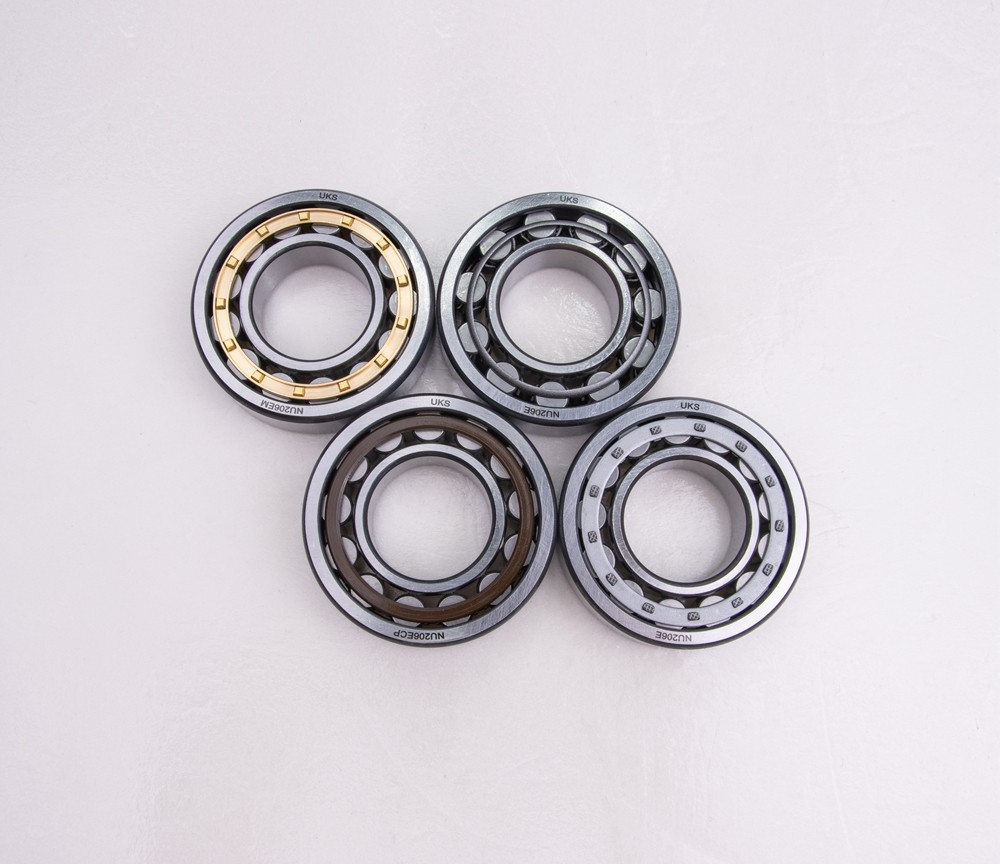
Product Description:
Cylindrical rollers and raceways are line contact bearings. Load capacity, mainly bear radial load. The friction between the rolling element and the rib of the ferrule is small, which is suitable for high-speed rotation. According to whether the ring has ribs, it can be divided into single row cylindrical roller bearings such as NU, NJ, NUP, N, NF, and double row cylindrical roller bearings such as NNU and NN. The bearing has a detachable inner ring and outer ring.
Cylindrical roller is a type of roller bearing used in various machinery applications. It is designed with cylindrical rollers that are perpendicular to the axis of the bearing, allowing it to handle high radial loads and moderate axial loads.
The cylindrical roller is commonly used in applications such as machine tool spindles, rolling mills, and electric motors. It can accommodate both heavy radial loads and moderate axial loads and is known for its high radial stiffness and low friction.
The design of cylindrical roller bearings can vary, including different configurations of the rollers and the cages that hold them in place. Some common types include single row cylindrical roller bearings, double row cylindrical roller bearings, and full complement cylindrical roller bearings.
Cylindrical roller bearings with no ribs on the inner ring or outer ring, the inner ring and outer ring can move relative to the axial direction, so they can be used as free end bearings. A cylindrical roller bearing with double ribs on one side of the inner ring and outer ring, and a single rib on the other side of the ring, which can withstand a certain degree of axial load in one direction. Steel stamping cages are generally used, or copper alloy car-made solid cages. But there are also some polyamide shaped cages.
Cylindrical Roller Advantages:
Cylindrical roller bearings offer several advantages over other types of bearings, making them a popular choice in many industrial applications. Here are some of the advantages of cylindrical roller bearings:
High radial load capacity: Cylindrical roller bearings are designed to handle high radial loads, which is the force exerted perpendicular to the axis of rotation. This makes them ideal for heavy-duty applications where the load is primarily radial.
Moderate axial load capacity: In addition to radial loads, cylindrical roller bearings can also handle moderate axial loads, which is the force exerted parallel to the axis of rotation. This makes them suitable for applications where there are both radial and axial loads.
High stiffness: Cylindrical roller bearings have high radial stiffness, which means they can resist deformation and maintain their shape under heavy loads. This helps to ensure the accuracy and precision of the machinery they are used in.
Low friction: The cylindrical rollers in a cylindrical roller bearing are designed to roll smoothly and with low friction, reducing wear and extending the life of the bearing.
Versatility: Cylindrical roller bearings come in a variety of configurations, including single row, double row, and full complement designs. This makes them suitable for a wide range of applications, from machine tool spindles to rolling mills and electric motors.









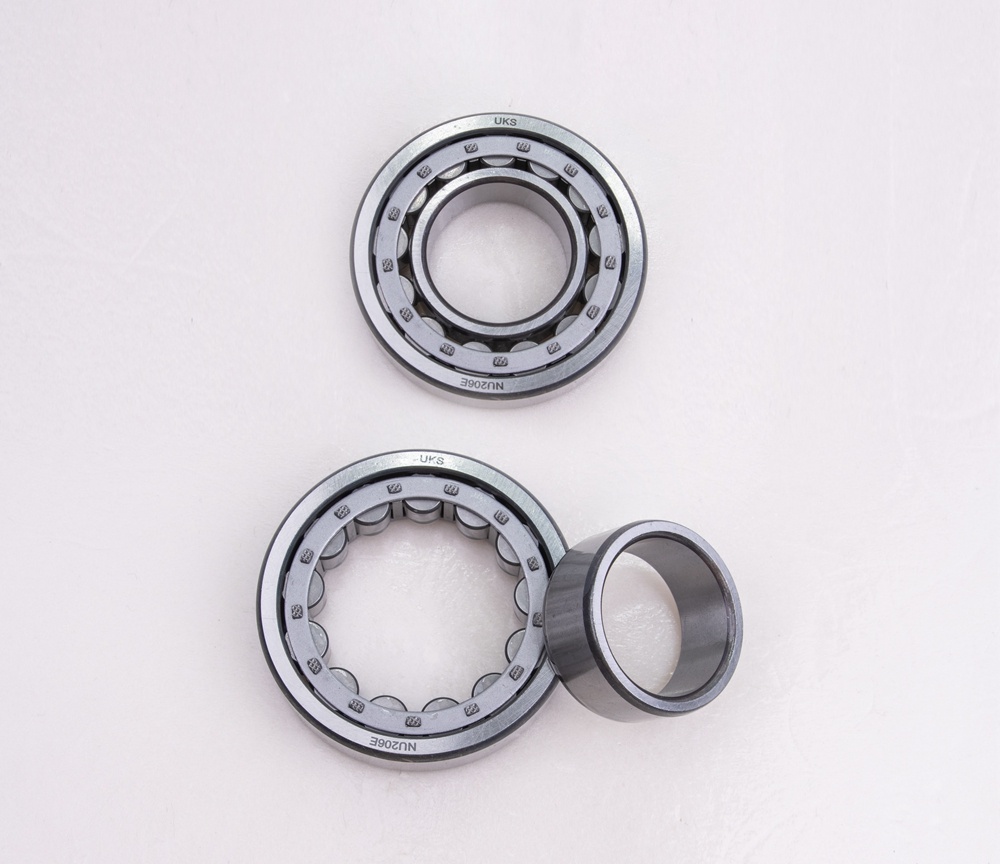
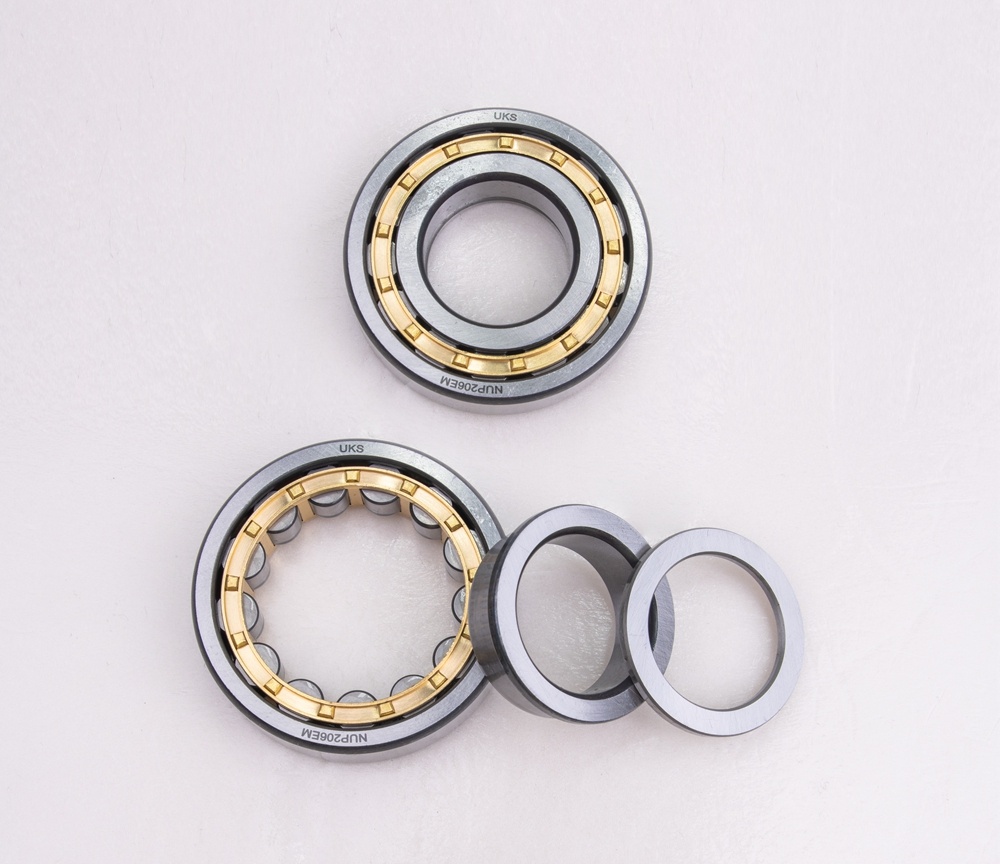

Related Products
FAQ
Bearing steel is the steel used to make balls, rollers and bearing rings. Bearing steel has high and uniform hardness and wear resistance, as well as a high elastic limit. The uniformity of the chemical composition of the bearing steel, the content and distribution of non-metallic inclusions, and the distribution of carbides are very strict, and it is one of the most stringent steel types in all steel production. In 1976, the International Organization for Standardization ISO incorporated some common bearing steel grades into international standards, and divided bearing steel into 17 categories: fully hardened bearing steel, surface hardened bearing steel, stainless bearing steel, and high temperature bearing steel. steel number. Bearing steel is mainly used to manufacture rolling elements and rings of rolling bearings. Since the bearing should have the characteristics of long life, high precision, low calorific value, fast speed, good rigidity, low noise, and high wear resistance, the bearing steel is required to have: high hardness, uniform hardness, high elastic limit, and high contact fatigue. Atmospheric lubricant strength, necessary toughness, certain hardenability and corrosion resistance. In order to meet the above performance requirements, the uniformity of the chemical composition of the bearing steel, the content and type of non-metallic inclusions, the particle size and distribution of carbides, and decarburization are strictly required. Bearing steel generally develops in the direction of high quality, high performance and diversification. Bearing steel is divided into high carbon chromium bearing steel, carburized bearing steel, high temperature resistant bearing steel, stainless steel bearing steel and special bearing material according to characteristics and application environment.
Bearings are parts that support the shaft, used to guide the rotational movement of the shaft, and bear the load transmitted from the shaft to the frame. Bearings are widely used and demanding supporting parts and basic parts in the machinery industry. They are the supporting components of the rotating shafts or movable parts of various machines, and are also the supporting components that rely on the rolling of rolling bodies to realize the rotation of the main engine. Known as mechanical joints.
Compared with ordinary bearings, high temperature bearings have high temperature resistance up to 500°C or 800°C, greater bearing capacity, oxidation and corrosion resistance, high hardness and wear resistance, strong impact and bite resistance, smooth and shiny appearance, self-lubricating, low There is no lubricant for those with high speed, the load is 1.4 times that of ordinary bearings, and the average life is more than five times that of ordinary bearings. In addition to being different in performance and material, the expression of the model is also different.
The parts of the bearing are made of bearing steel and subjected to high-temperature tempering treatment, and the post code is in accordance with the regulations of JB/T2974 (the parts have been subjected to high-temperature tempering treatment, and the working temperature can reach 150C°, and the code is /SO; the sh07 parts have been subjected to high temperature After tempering treatment, the working temperature can reach 200°C, and its code is /S1; after high-temperature tempering, the working temperature can reach 250°C, and its code is /S2; after high-temperature tempering, the working temperature It can reach 300°C, and its set code is /S3; after high temperature tempering treatment, the working temperature can reach 350°c, and its set code is /S4).
2. The parts of the bearing are made of heat-resistant steel, and its postcode is in accordance with the regulations of JB/T2974 (the material is Cr4Mo4V, and its postcode is /HN; the material is Cr14Mo4, and its postcode is HN1; the material is Cr15Mo4V, and its The postcode is /HN2; the material is W18Cr4V, and the postcode is /HN3).
1. Sweden SKF (SKF Group was founded in 1907, the world’s leading supplier of rolling bearings, SKF Group China Co., Ltd.).
2. Japan’s NSK (in 1916, it was the first manufacturer in Japan to design and produce bearings, Nippon Seiko Co., Ltd.). 3. Japan KOYO (Koyo Electronics (Wuxi) Co., Ltd., a leading enterprise in the field of bearings, automobile power driving and mechanical equipment).
3. Germany FAG-INA (Germany Schaeffler Group is a global leader in the production of rolling bearings and linear motion products).
4. Japan NTN (founded in 1918, NTN NTN is one of the largest bearing manufacturers in the world).
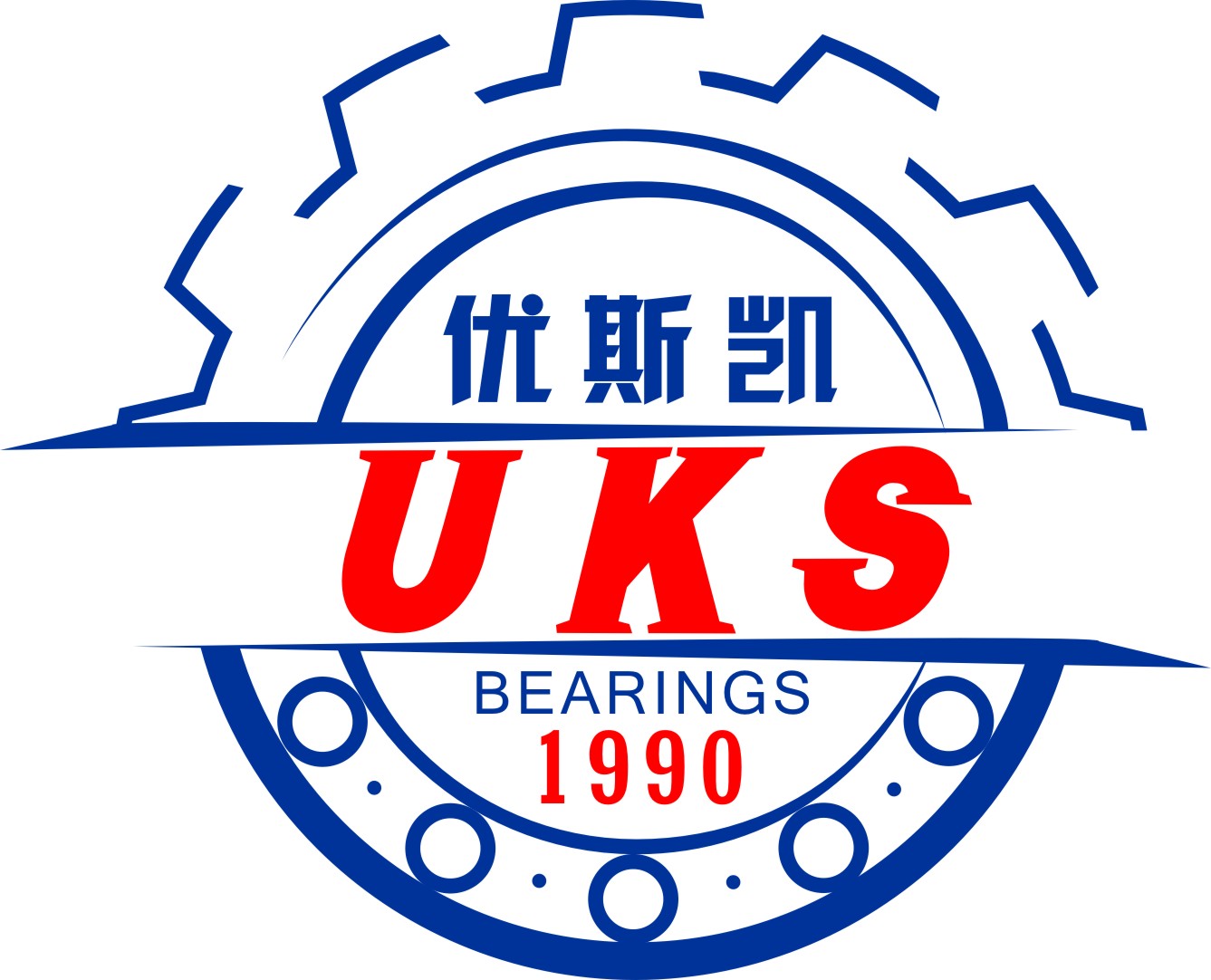
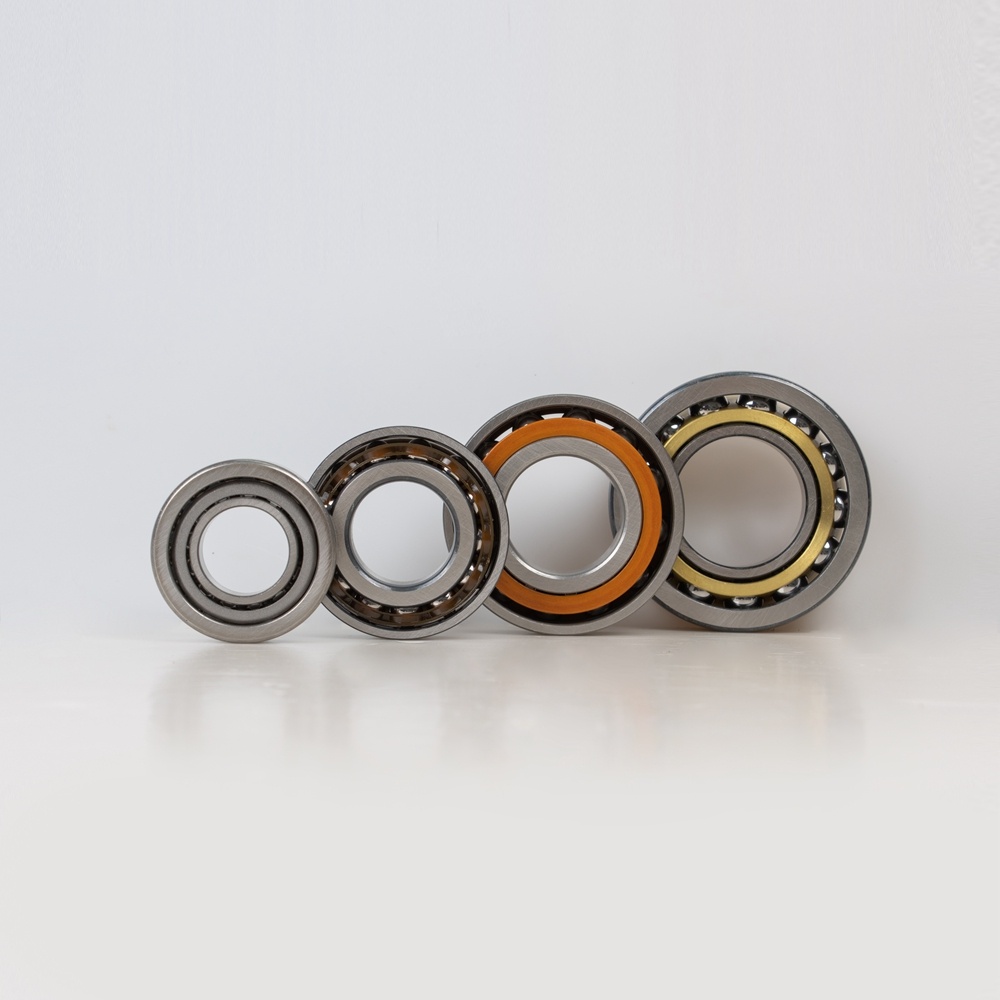
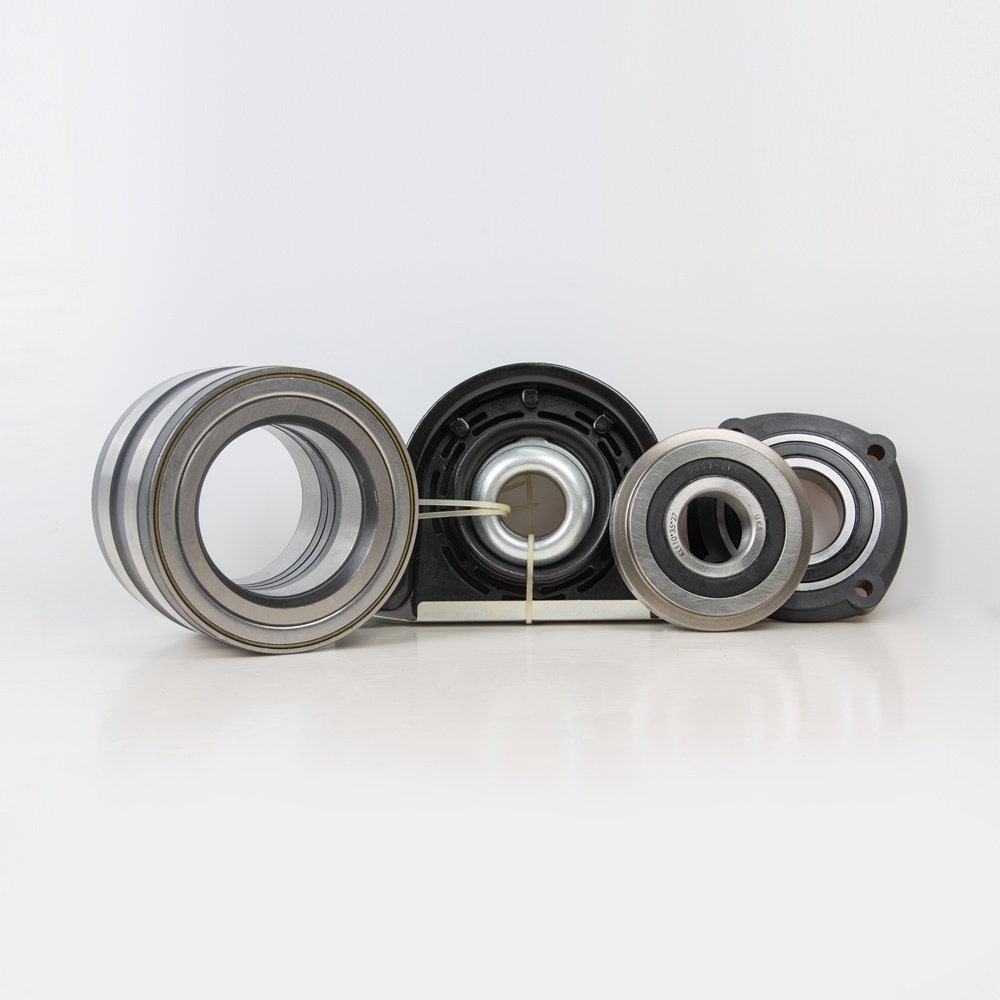
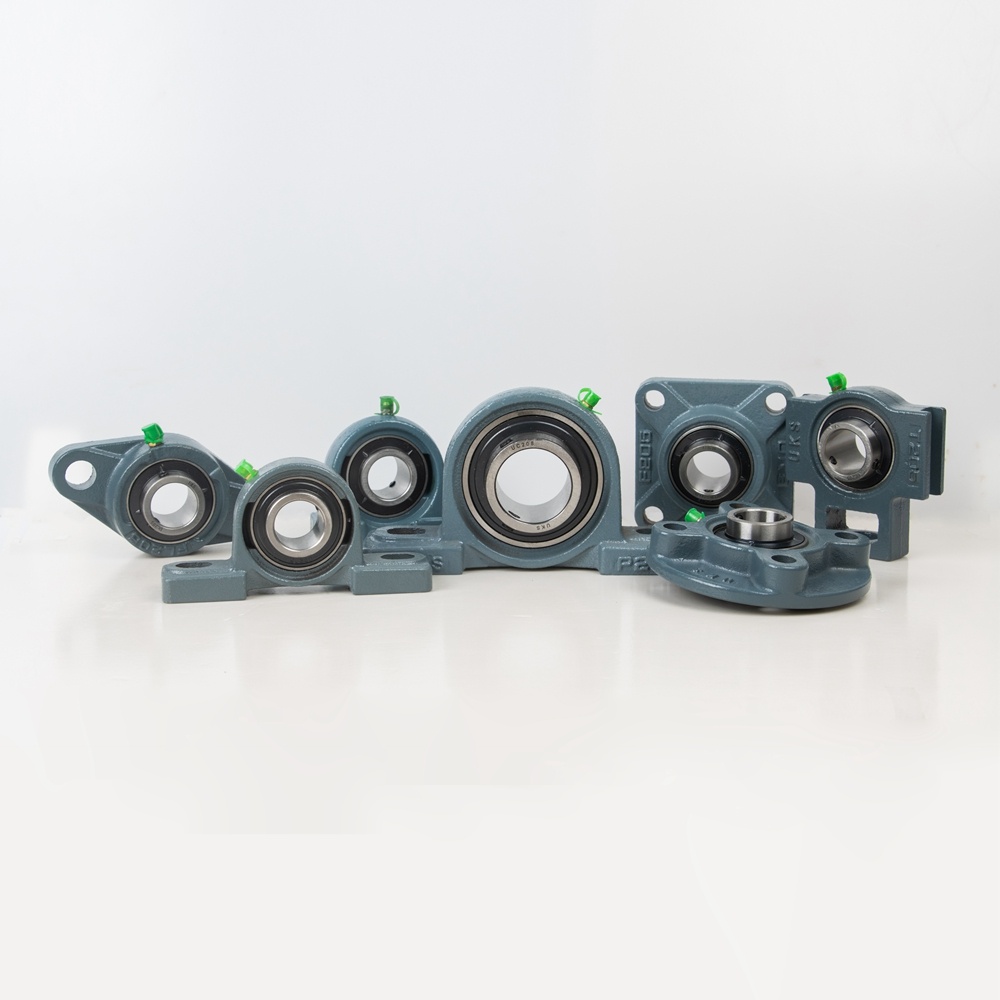
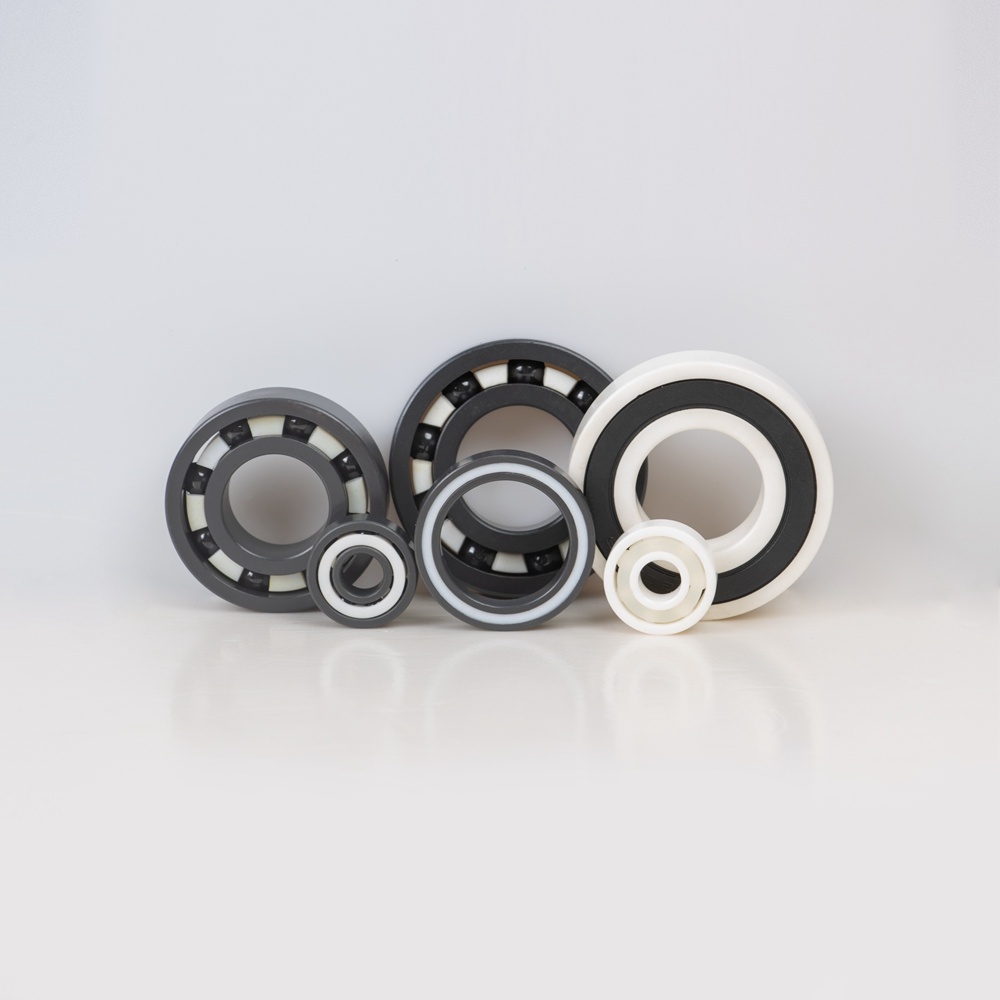
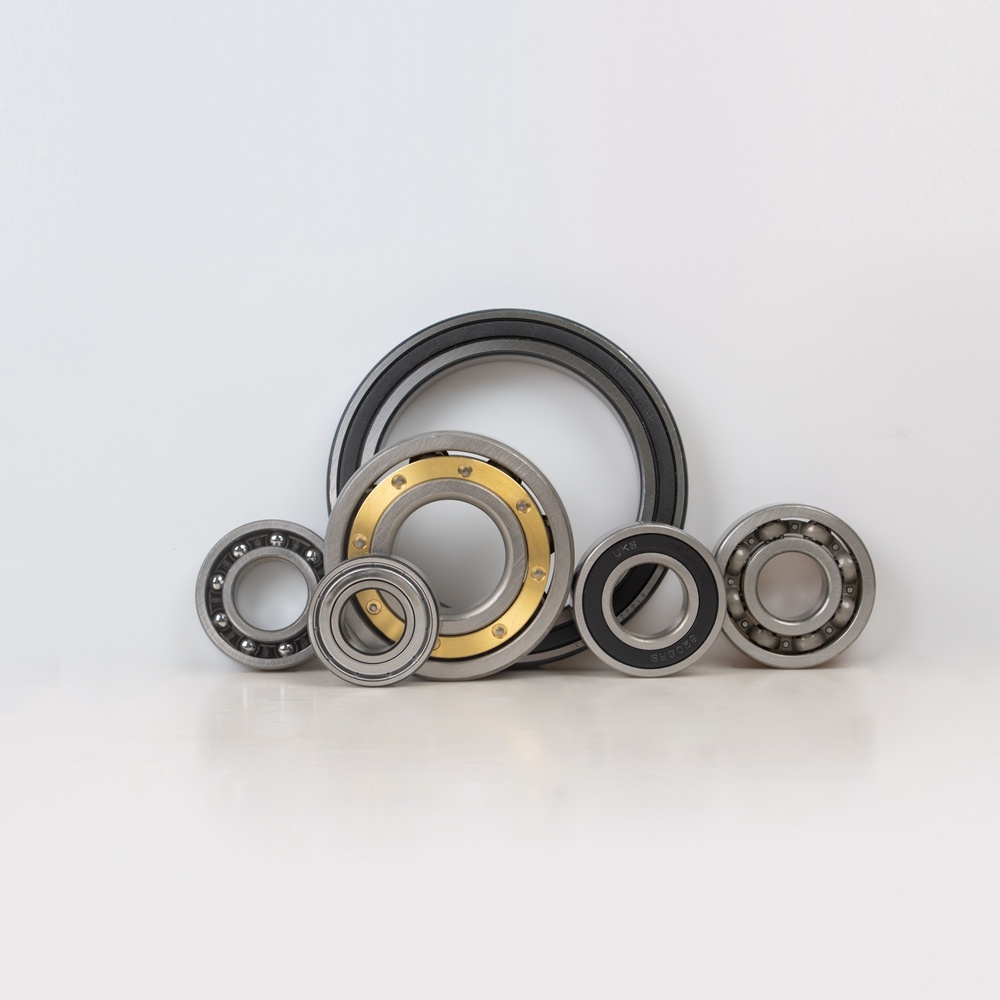
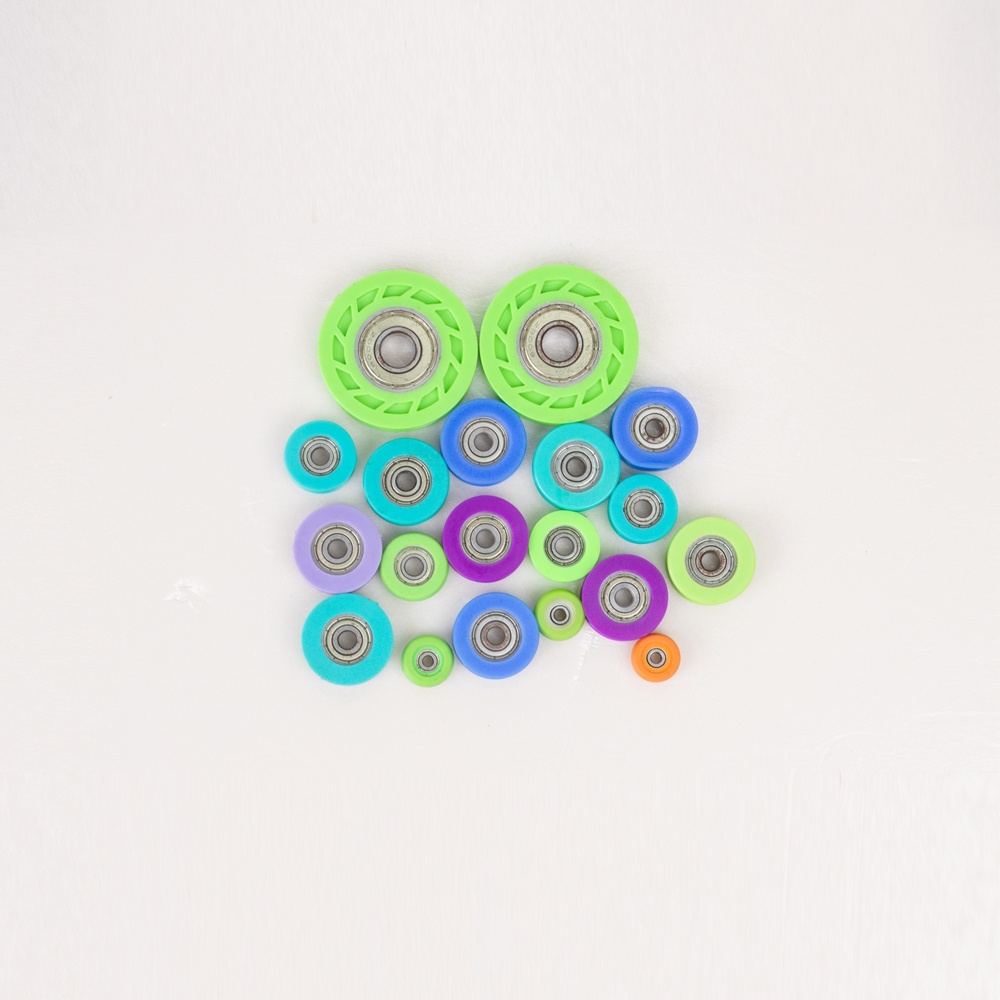
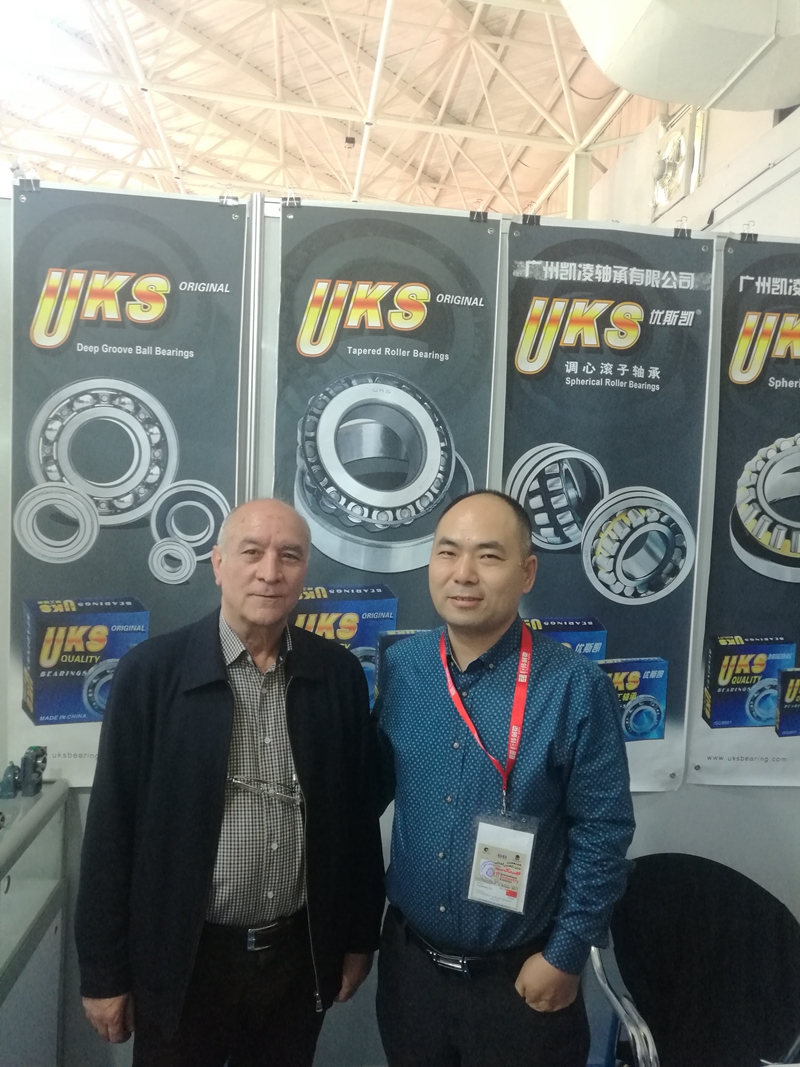
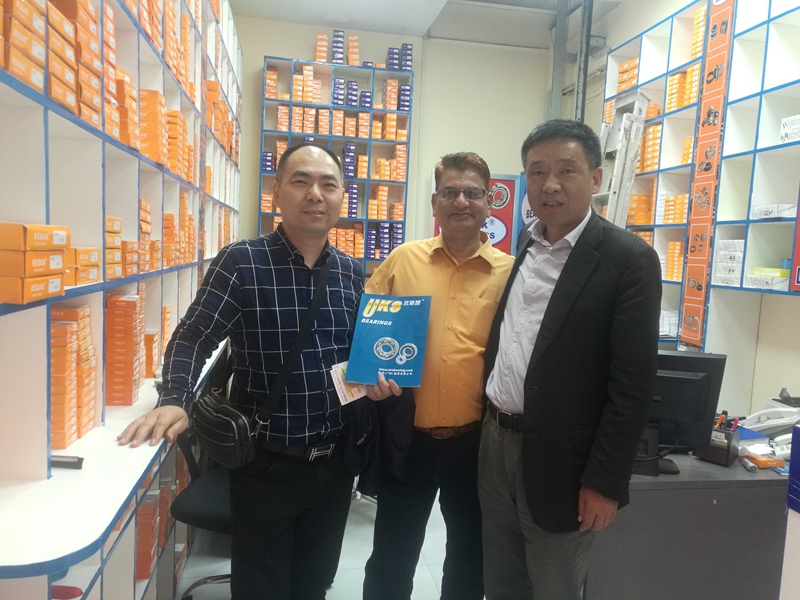
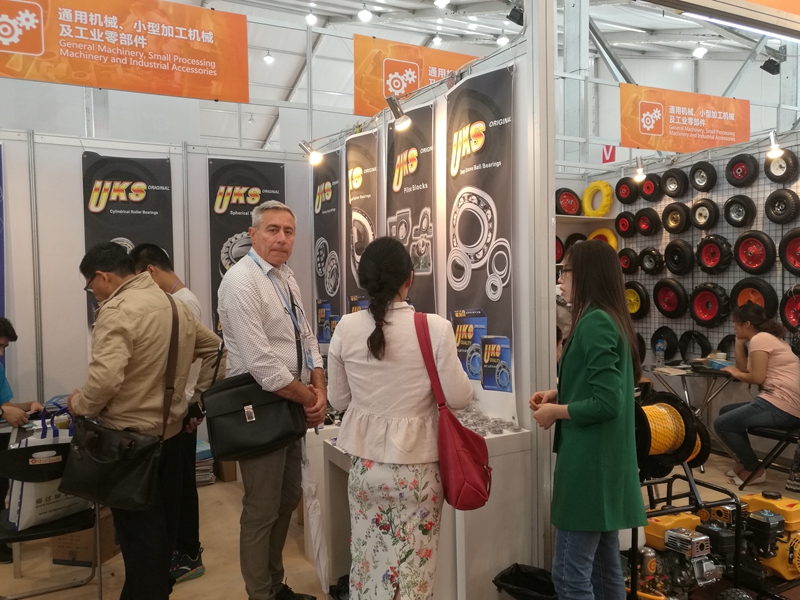

 Fanny Huang
Fanny Huang Colin
Colin